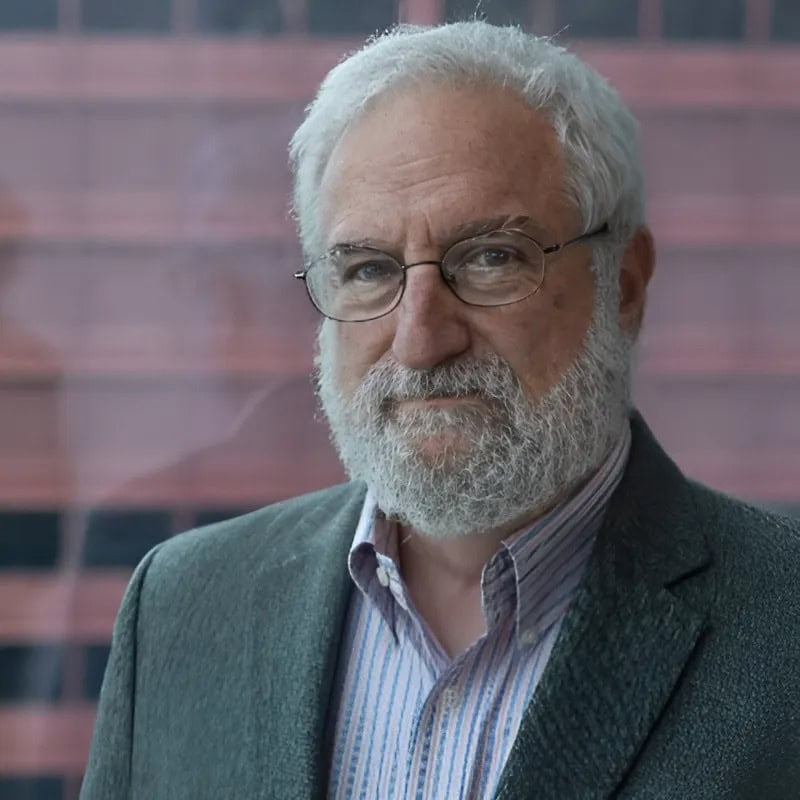Fifteen years ago, I published my first column in Perspectives on History, encouraging historians to speak from the nearest soapbox regardless of logistical challenges. The occasion was my first actual soapbox performance as a participant in Chicago’s iconic Bughouse Square Debates. The experience was daunting: My naivete about the size of an actual soapbox conspired with the Chicago wind to wreak havoc with my notes (and my dignity).
I write my last column as executive director in a moment when the challenges are political rather than meteorological, and the stakes perilous. In many states, legislatures are seeking to influence history education through prohibitions unprecedented in their scope and intrusiveness. State education agencies are revising curricula in the face of political pressure and in some cases in violation of legally mandated procedures, not to mention the AHA’s guidelines. Here in Washington, federal agencies responsible for historical work confront existential threats, as do other structures that make it possible for government to be of the people, by the people, and for the people. What is the role of historians—and the American Historical Association—at such a moment?
When I urged historians in that inaugural column to “take risks. Get out there in public and talk about history and why it matters,” I meant intellectual, even professional risks. The AHA had not yet issued its Guidelines for Broadening the Definition of Historical Scholarship. Other than for positions explicitly designated as public history, few colleges and universities awarded professional credit to op-eds, radio appearances, reference books, expert witness testimony, or other historical work targeted at public venues. These were (and still are) usually considered service, not scholarship.
There are many ways of being a historian.
Our perception of our own skills and the work environments to which we’re accustomed compounded the risk. Extemporaneous speaking. Writing without professional jargon, without reference to historiography, and in fewer than 750 words; the general guideline for an op-ed is “one idea.” Entering policy arenas where the political spectrum differed significantly from the campus cocoon and where it was not immediately obvious why a historian’s voice should be heard. By the time I arrived at the AHA, I had already been declared “irrelevant” as an expert witness, conversed on radio call-in shows where the questions ranged from the incomprehensible to borderline offensive, uncomfortably watched a museum director walk out on a meeting I had organized (and learned only later that this meant I was now part of the community), learned to accept grant proposal rejections with aplomb as well as explain to a funder why a project had failed, and realized that I had no idea how to run an efficient meeting. These examples of what happens when a historian ventures off campus into the public arena might be part and parcel of the training and expectations of public historians, but my argument at the time—and subsequently the AHA’s argument in broadening the definition of historical scholarship—was that this work should not be sectored off as “public history.” We don’t all have to do it, but far more of us can and should than was customary in 2010.
This was a big part of the reason I left an enjoyable and rewarding job at the Newberry Library, a city I loved, and my favorite seats at Comiskey Park for a position at the AHA. Would it be possible to take to a national scale the ethos of the Newberry, where it was considered worthwhile for a historian to write a young adult book, to organize “academic” and “public” historians into a major historical reference project, to pursue just about anything that was academically rigorous and had an audience—be it higher ed faculty, politicians, high school teachers, students of all ages, business executives, or the library’s neighbors. I learned at the Newberry that there are many ways of being a historian.
This idea has been a central theme in much of our work over the past 15 years, from the Career Diversity initiative that enlarges the culture and content of PhD programs to broadening the definition of historical scholarship, recruiting advocates for historical thinking in public culture, and reconsidering how we introduce students to our discipline.
That impulse to broaden informs one of the major changes to the AHA’s scope of advocacy. One of the many ways to be a historian, after all, is to advocate for the work we do. At one time, “advocacy” took place largely on Capitol Hill, with occasional visits to federal office buildings. Most of that work involved promoting funding for relevant federal agencies and programs, access to documents, and occasional amicus briefs. With some exceptions, the scope of AHA advocacy lay inside the proverbial Beltway and remained substantively narrow relative to the work of our discipline.
But even 15 years ago, we were doing a lot more; we just weren’t calling it “advocacy.” According to the AHA’s Congressional Charter, we exist “for the promotion of historical studies.” If we think of our work as the “promotion” of history, a vast swath of AHA activity becomes “advocacy.” If we consider the extent to which a particular activity includes historical work and historical thinking, then we generate a variety of ways a historian can be an informed and articulate advocate. (Not surprisingly, this framing resembles the AHA’s Guiding Principles on Taking a Public Stance.)
Historians can and should think more broadly about what we might contribute to public culture.
The issue here—one I would like to leave our members with as I transition to a life where I will (to quote my friend Randall Miller) “read books and not take notes”—is a distinction between what the AHA can and should do in the current moment and what individuals can do as historians.
In both cases, we begin with the premise that everything has a history. The AHA energetically promotes the discipline itself. We provide congressional staff with briefings that offer historical facts, explanations, and context but take no policy or political positions, because we want all congressional staffers to think historically and to have basic historical literacy; if we preach at them, only those who share our views will show up. Our legitimacy depends on our neutrality, on our insistence that we are here to provide good history—not to tell listeners what to do when they leave the room.
What we advocate therefore is simply the discipline itself. This encompasses all aspects of historians’ work, including ensuring access to sources; defending academic freedom and the professional integrity of teachers; obtaining financial and other resources for historical teaching, learning, and research; maintaining ethical standards; and, where consensus exists among professional historians (e.g., slavery was the principal cause of the Civil War; the Holocaust happened), resisting public policy that blatantly abuses the historical record. The AHA’s role is to promote history, to protect the integrity and vitality of the discipline, and to defend the rights of historians as historians.
Individual historians, however, can and should think more broadly about what we might contribute to public culture. Contrary to an argument made by literary scholar Stanley Fish at the 2017 AHA annual meeting, historians as individual citizens and scholars have something to contribute to policy discussions at every level. All decisions benefit from an understanding of historical context and from the skill we call “historical thinking.” This premise should stimulate historians across the United States to use their skills and knowledge to weigh in on just about any issue. Local newspapers (those still fighting to exist) are hungry for content. In many places, getting onto local radio isn’t difficult. When a film with a historical valence comes to town, find a venue to discuss it. Serve on the board of a local historical site or museum. Run for the local school board; most historians are, in one context or another, educators. Imagine a mayor with an understanding of the relationships among structure, institutions, culture, and human agency. Bring historical thinking to every table.
This was my plea 15 years ago; I have repeated it many times in Perspectives columns, emails to members, and at the annual meeting. It underlies our Career Diversity initiative and our promotion of the history major: Historians belong everywhere, and we can expand that “everywhere” by expanding how we define historical scholarship.
So I repeat: Take risks. Grab a soapbox and get out there in public—even when emotions run high or a strong wind leaves your notes in disarray. Talk about history and why it matters. And thank you—for reading, for responding, and for participating in a 15-year conversation that I hope will continue after July 1 and beyond.
This work is licensed under a Creative Commons Attribution-NonCommercial-NoDerivatives 4.0 International License. Attribution must provide author name, article title, Perspectives on History, date of publication, and a link to this page. This license applies only to the article, not to text or images used here by permission.

